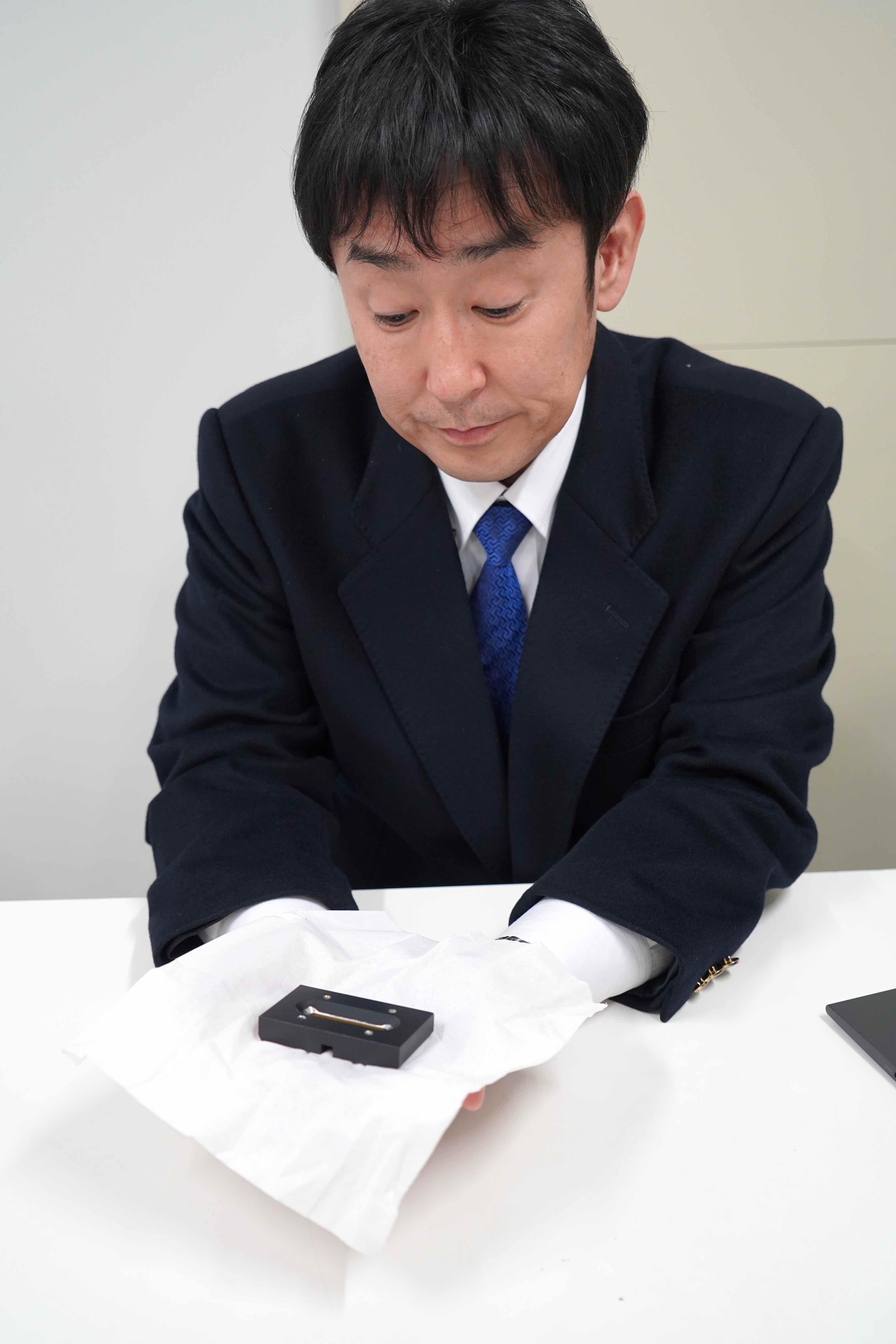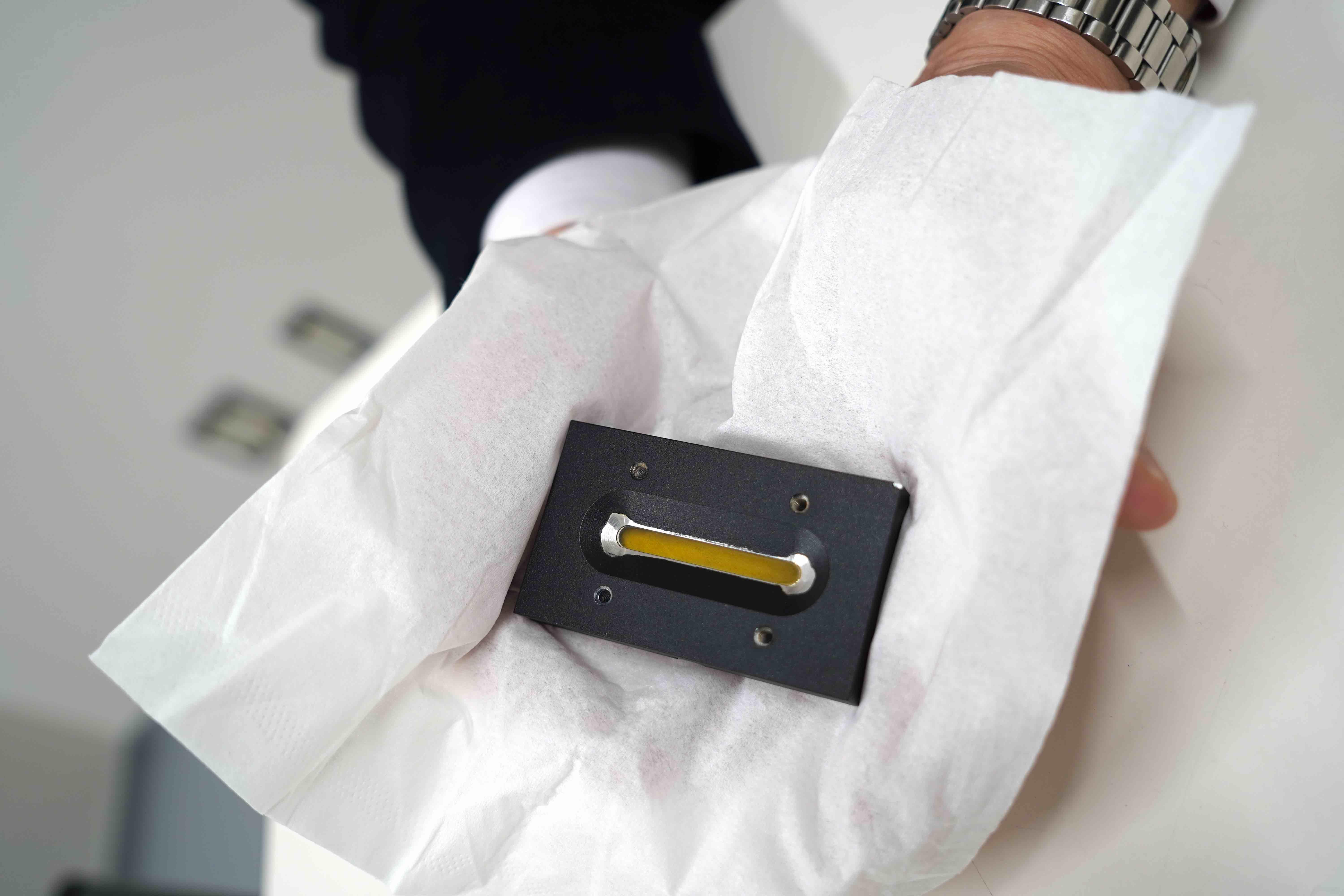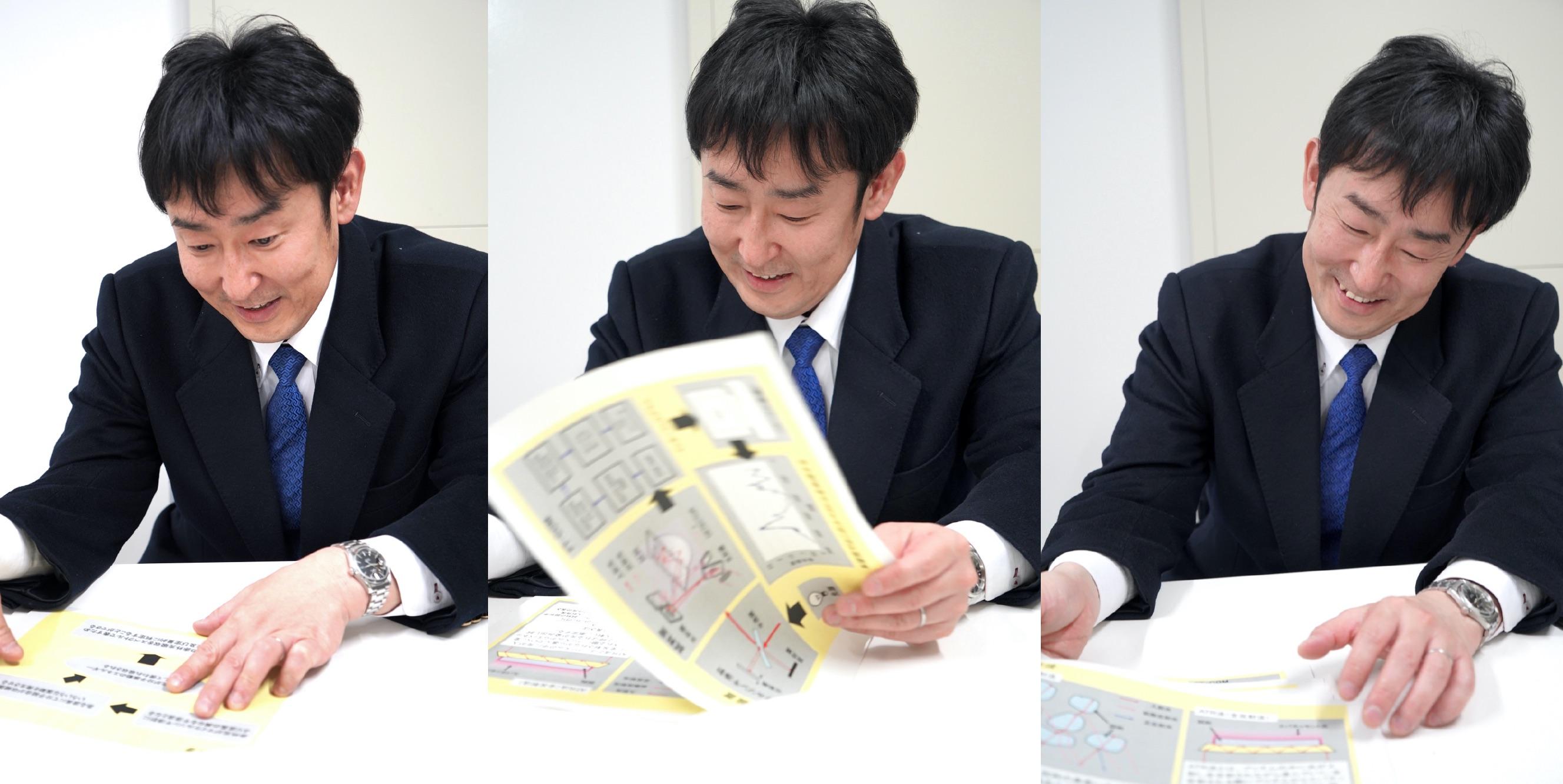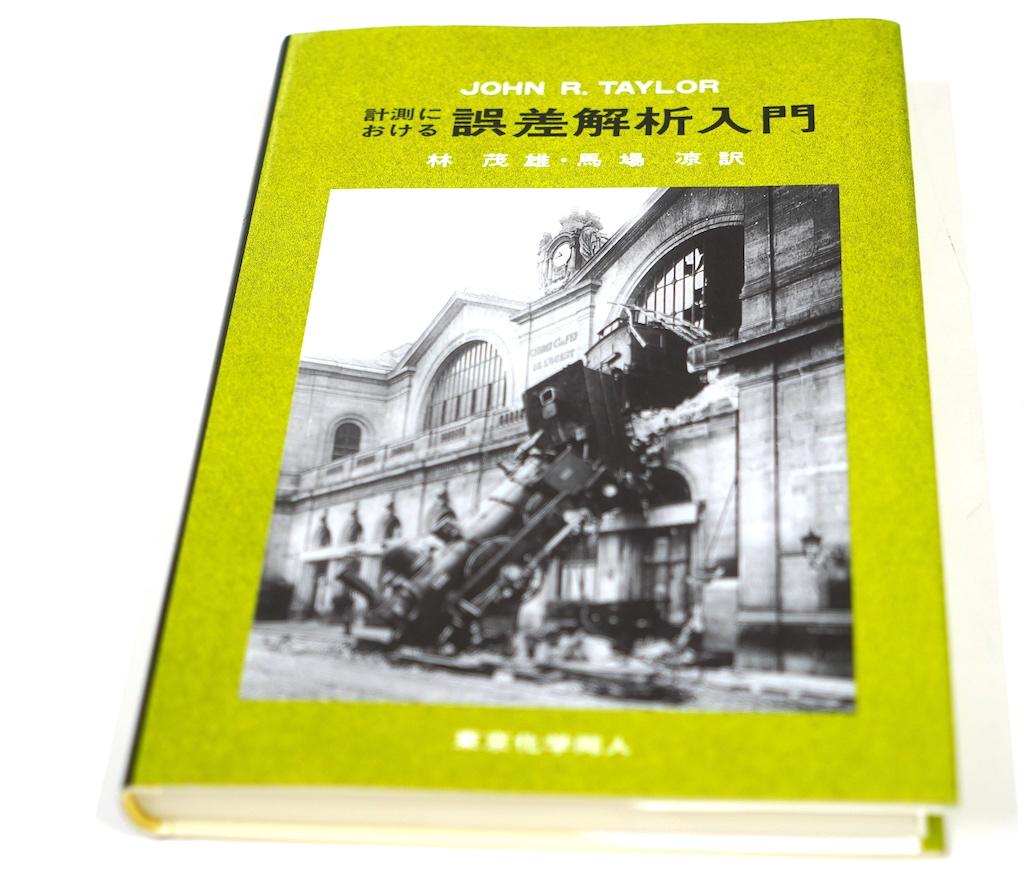Shouhei Koyama
Interdisciplinary Cluster for Cutting Edge Research
Institute for Fiber Engineering
"My wife chose to purchase this tie when we visited Italy. I was impressed with the history of fashion there. My father passed away last year, and I wear his suit on days that I have an important event, such as when I have a crucial presentation."

What is your research theme?
Textile products are an essential part of living. My research goal is to develop textiles that improve the quality of life. Currently, we are conducting research to develop a sensor that can simultaneously measure pulse rate, blood pressure, and blood glucose levels simply by wearing a fiber product that incorporates optical fibers. Normally, the three vital signs are measured by different sensors, so it is ideal to be able to measure all three with one. In addition, this sensor will measure blood pressure without using a cuff and blood glucose without using a needle, which will reduce the discomfort of patients with high blood pressure and diabetes. In addition, this sensor will better support healthcare professionals and improve their working conditions.
When did you decide to become a researcher?
I actually attended Shinshu University as an undergrad. I came here from Osaka because I was eager to live alone, away from my parents, and I entered the Textile Systems Engineering Department (Now Advanced Textile Engineering) at Shinshu University. I didn't understand exactly what it was, but I was curious what System Engineering was. I thought it sounded interesting and I imagined I could learn many things. Engineering involves a variety of areas such as manufacturing, materials, how to analyze signals, and how to write programs to analyze such signals. Making a sensor involves a "system" which is a variety of specialized knowledge and a network of information processing. A lot of classic disciplines at universities go deep but is unfortunately narrow. Fiber engineering involves many facets.
When I was a student, I didn't like to study much, but I think I conducted more experiments than anyone else. In the lab at university, there was a machine that could measure the signal of things, called the infrared spectrophotometer and I liked to measure everything I could get my hands on. Salt and sugar may look the same, but they have different signals. By conducting a lot of experiments, I could start to understand things through data in a way I could not visually. That is how I started to study textiles and the living body.
I liked that administering experiments involves trying to find out things that no one has been able to accomplish before. I could come up with a hypothesis and set up a method to try to see if it is true. If I could not obtain good results, I could approach the issue from a different angle. Ordinarily, a researcher theoretically thinks well before working on an experiment, but I first carry out the experiment and examine the results. If the results do not reveal anything ideal, I carefully consider why and try again, perhaps from a different approach. This was my unique method as a student, and even now.
As graduation came near, I went out and job-hunted like everybody else and I even got a good job offer. At that time, it was difficult to get a full-time job from a stable company in Japan, so it was unusual to decline any job offer, but I did, to continue research. I enjoyed conducting experiments so much I wanted to continue doing it longer.
Do you have any advice to students?
As a researcher trained by the only Faculty of Textile Science and Technology in Japan, I feel an obligation to continue the tradition of Textile Science and Engineering and not let it subside. Because it is a department that involves manufacturing, it is a discipline that is close to real world applications. Some students might think that if they are in the math or sciences, they don't need to improve their language skills. But that is far from the truth. Once out in the real world, we need to communicate with people to get things done. I wish I had attempted to improve my Japanese and English skills more when I was a student. This goes for preparing reports and writing papers. People will judge you according to your language skill.
What do you do when you are researching but there are no breakthroughs?
I return to the origin, the starting point. From there, I ponder, how about this way? How about that way? If those don't work, I will have learned that this approach leads to dead ends. That knowledge in itself is new, previously unknown.
Could you show us three items that are important to you?


1) This is an item that is important to me; it is a prism from an infrared spectrophotometer. I was using horse blood to test blood sugar levels when I was a student. I would drop some blood on to the prism to test it. Because I used it often, the impurities built up and showed on the signal data. I cleaned it, but it was difficult to remove the impurities completely. One day, I got the idea to clean the prism kit with an ultrasonic cleaner. I left it in overnight and when I came to check in the morning the next day, the prism was clean, but the adhesive of the prism kit also got removed. The kit had fallen apart, and the prism was unusable. I was afraid to tell my professor because I was sure he would get upset. But my professor did not get angry at me. Instead, after winter break ended, he told me "I have an otoshidama (new years gift) for you" and handed me a new prism. This was when I learned that, it is important to handle the laboratory equipment with care, but it is even more important to conduct research without fear of failure. If you don't do experiments because you are afraid of failure, you can keep your prism clean. However, this action has the negative effect that research does not progress and you cannot grow as a researcher. I value this teaching and I pass it on to my laboratory students. The spectroscope may not be the most cutting-edge machine, but I still use this prism kit in my laboratory. This prism is an item that has a lot of significance for me. My work all started here. The paint has come off on the sides, but I have kept this piece, and still use it.

2) The second item that is important to me is a PowerPoint presentation from when I was an undergraduate student. This was the first report I made for my seminar class. It's terrible quality! I didn't know how to prepare a report, and there was no one to teach me. I was one of the first students at a newly established lab, so there were no older students at the lab. There are many mistakes in this report. Once every few years I come across it on my computer while working, and I might take a look at it. When I created this report, I used the team colors of my favorite baseball team, yellow and black without consideration to anything else. I now choose color schemes that best convey concepts. I can sense my immaturity at the time from this choice.

3) This is a book about errors that changed my life. The cover photo is shocking, and it portrays what this book is about, "introduction to error analysis". As someone who makes devices, I need to be stringent and exact about numbers. If I fail to do so, it could cause a big accident in worst case scenarios. Since we make precision machines and precision instruments that affect human life, we are also professionals in considering errors. We need to understand the meaning of the numbers, errors, and decimal points. Many students don't understand the difference between 1 and 1.00 when they come to university. With a sensor, a 1.00 means that we guarantee the accuracy to two decimal points, which might mean that it is a lot more expensive to make than a sensor that measures only to 1. There is a lot of difference between the two decimal points and when there is not.
For more information on Prof. Koyama:
